
Animal
10:44, 24-Jan-2019
The number of rare birds in U.S. rebounds thanks to conservation
CGTN
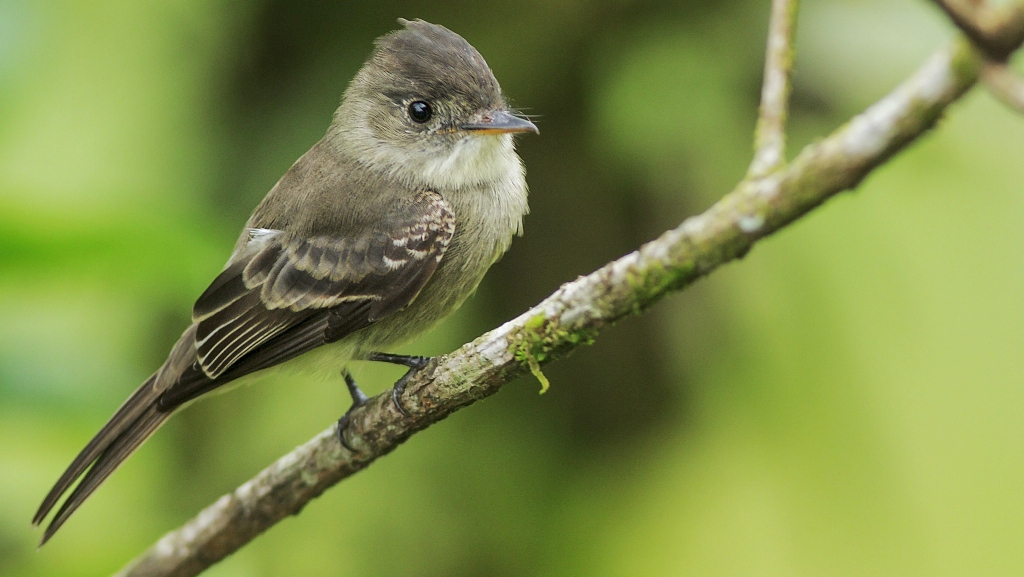
Land conservation programs that have converted tens of thousands of acres of agricultural land in the U.S. state of Illinois back to a more natural state appear to have helped some rare birds increase their populations to historic levels, a study found.
To determine how this conservation effort affects populations of specific rare birds, researchers surveyed 172 randomly selected restored fields in 10 counties in central and west-central Illinois during the 2012-2015 breeding seasons.
They focused on four species in decline: the Bell's vireo, the field sparrow, northern bobwhite and willow flycatcher.
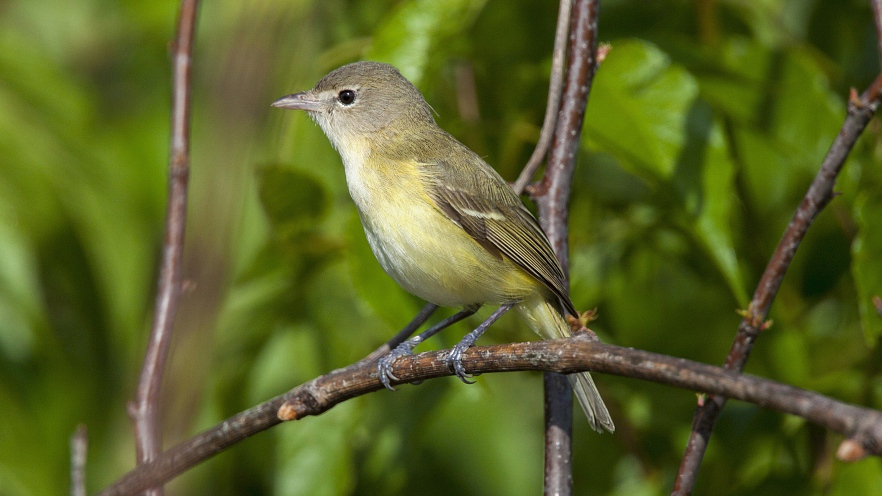
A male Bell's vireo. /VCG Photo
A male Bell's vireo. /VCG Photo
The researchers found that the Bell's vireo has bounced back from historic declines to more than double its last estimated abundance in Illinois.
"This increase surpasses state goals set for the bird in 2004, and speaks to some of the successes of the Conservation Reserve Enhancement Program (CREP), a national effort begun in 1996 to improve water quality, reduce erosion and restore lands and wildlife once lost to agricultural expansion," said Illinois Natural History Survey avian ecologist Bryan Reiley, who led the study.
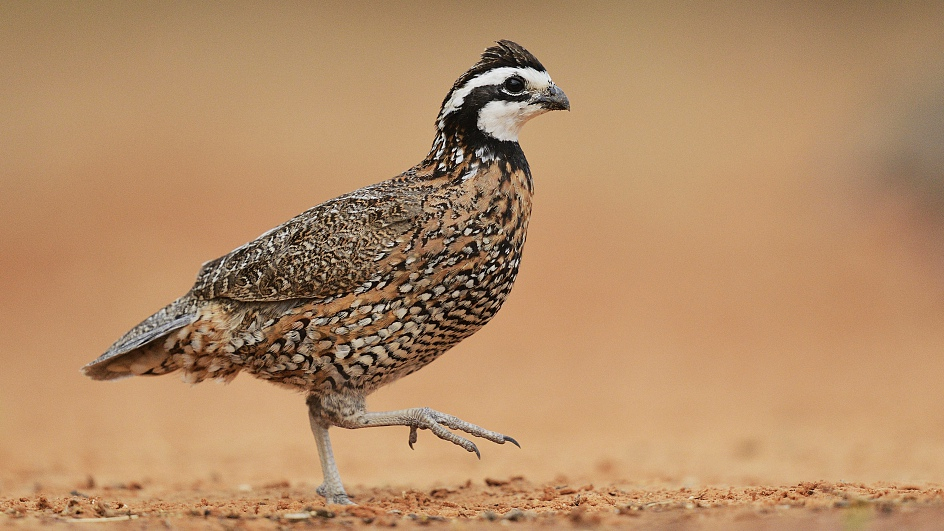
A male northern bobwhite. /VCG Photo
A male northern bobwhite. /VCG Photo
"Private land conservation efforts in Illinois are probably effective in achieving state population goals for some rare species, such as the Bell's vireo, which prefers shrubby areas near grasslands," Reiley said. "They also may help other species with similar habitat needs, like the willow flycatcher, which we estimate to be at 92 percent of the goal."
But the field sparrow and northern bobwhite still appear to be in trouble. Based on the researchers' estimates, CREP has increased northern bobwhite populations by only 6 percent of the goal. Field sparrow abundance is better, but the conservation program has achieved only 33 percent of the goal for this species.
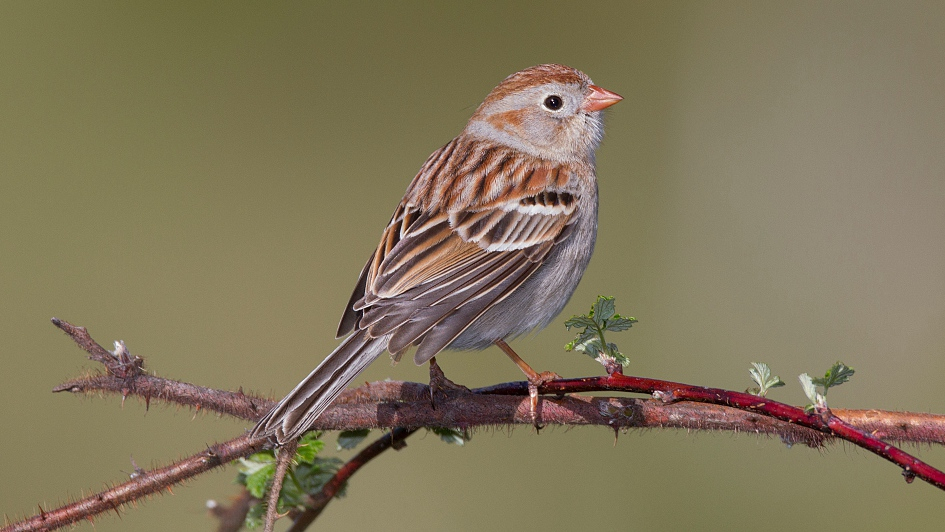
A male field sparrow. /VCG Photo
A male field sparrow. /VCG Photo
It is estimated that the amount of restored land would need to increase by 5 percent to rebuild populations of willow flycatchers to historic levels. Substantially more habitat would be required to support historic populations of field sparrows and northern bobwhites. To achieve state goals, those species would need habitat increases of 118 percent and 598 percent, respectively.
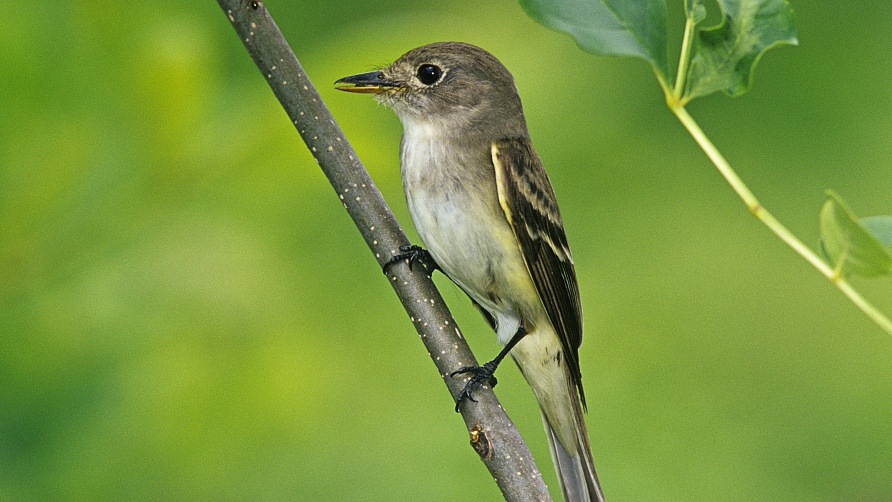
A willow flycatcher. /VCG Photo
A willow flycatcher. /VCG Photo
"All the species we studied, and probably many others not studied, would likely rebound to historic levels if one percent of the agricultural land in Illinois was restored through CREP," Reiley said. "This program is clearly important to populations of declining wildlife, not only in Illinois but also in the other 26 states where it operates."
The study has been published in the journal Ecosphere.
(Top image via VCG: A willow flycatcher found in Costa Rica.)
Source(s): Xinhua News Agency

SITEMAP
Copyright © 2018 CGTN. Beijing ICP prepared NO.16065310-3
Copyright © 2018 CGTN. Beijing ICP prepared NO.16065310-3